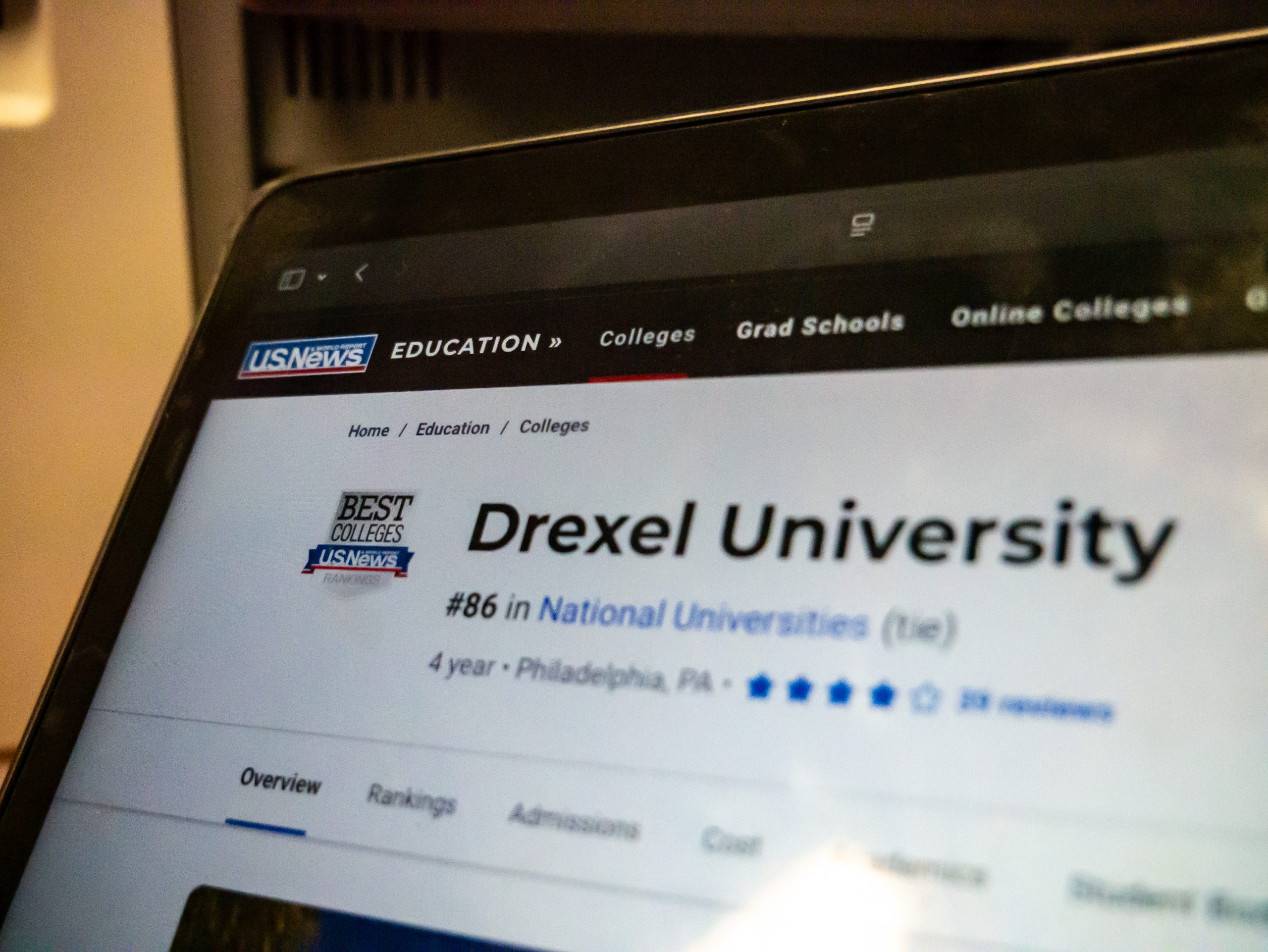The Power of Prestige: Understanding College Rankings in the U.S.
The Significance of Prestige in Education
In contemporary American society, prestige plays a pivotal role, particularly when it comes to education. The importance placed on reputability and accolades often dictates how individuals and institutions are perceived. This is particularly evident in the annual release of the U.S. News & World Report college rankings, which garners significant attention from parents, students, and university administrators alike.
The U.S. News & World Report Rankings
Every September, the U.S. News & World Report provides a much-anticipated snapshot of the best colleges in the United States. Known for their extensive history and refined algorithms, these rankings exert considerable influence over choices concerning higher education. Yet, while they are widely recognized, a closer examination of their structure reveals a complicated reality — one that might undermine the prestige they wield.
Dissecting the Ranking Criteria
The criteria utilized by U.S. News are accessible on their website and, on the surface, they appear logical. For instance, metrics such as the student-to-faculty ratio accounting for 4% and first-year retention rates at 5% seem reasonable. However, the rankings are heavily influenced by one major criterion: peer assessment, which constitutes a staggering 20% of the total score. This raises eyebrows, especially when juxtaposed against graduation rate performance, which only contributes 10%.
The Flaws of Peer Assessment
The peer assessment survey, which asks university leaders to rate their counterparts, has faced substantial critiques. Respondents are often tasked with evaluating institutions they have never attended or worked at, akin to a chef rating eateries they’ve never dined in. This subjective nature means that the scores may reflect an institution’s reputation rather than its educational quality. In essence, the U.S. News rankings prioritize prestige over substantive evidence of academic excellence.
Prestige vs. Quality
At its core, the U.S. News rankings are not necessarily about evaluating educational quality. Instead, they uphold a legacy of prestige that influences both perception and strategy within higher education. While there may be some correlation between prestige and quality, relying solely on reputation introduces a significant risk of bias and misinformation.
The Game of Rankings
Despite the pitfalls, schools may still aim to improve their placements on these lists. For example, if Drexel University were determined to ascend in rankings, targeting criteria outside the realm of academic rigor could be a tempting avenue. A focus on improving graduation rates could lead to a misguided strategy: intentionally enrolling wealthier students who are statistically more likely to graduate. This complex scenario illustrates the lengths to which institutions might go to navigate the ranking system.
The Mechanics of Manipulation
A calculated approach might involve reducing financial aid to deter lower-income students, reallocating funds instead toward appealing facilities and amenities that attract a more affluent demographic. Furthermore, by selectively increasing sports scholarships—particularly in less accessible sports—universities can further enhance their reputation, thus indirectly boosting their rankings through perceived exclusivity.
The notion here is not to enhance educational value, but to play the system in a way that yields numerical advantages in the rankings.
A Critical Perspective on Drexel University
Currently, Drexel University stands at 86th in the U.S. News rankings, which marks a notable climb of 19 positions over the last two years. However, understanding the underlying strategies that can facilitate such advancements can complicate any pride in those accomplishments, as it blurs the line between genuine growth and opportunistic maneuvering within the institutional framework.
Prestige’s Broader Implications
Ultimately, prestige can affect everything from educational opportunities to individual career paths. The implications of such ranking systems are profound, shaping perceptions and affecting the way we navigate both education and professional landscapes. In a world where reputation can lead to substantial advantages, questioning the validity and intent behind these metrics becomes essential for anyone invested in the future of higher education.


